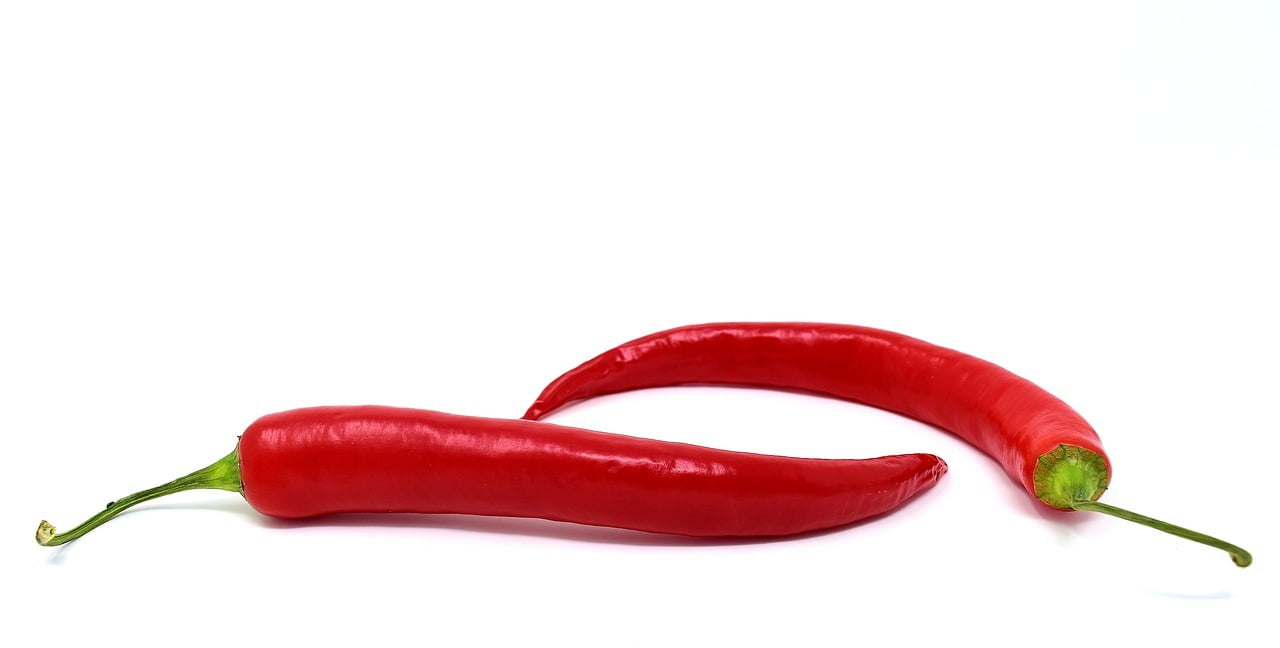Of all the spices used in an Indian household, the one that is amongst the most widely used and also most commonly adulterated is Red Chilli Powder. Spices are adulterated primarily to add mass and refine colour.
Adulterants used in red chilli powder
Common adulterants mixed in red chilli powder are brick powder, sawdust, sand, soapstone, water-soluble coal-tar based colours, and red oxide.
Home based tests for adulterants used in red chilli powder
Test for brick powder
Rub some chilli powder on a glass surface. You can use an inverted glass and rub it on its base. If the surface gets scratched, it's because of the presence of brick powder or sand.
Test for colour (artificial or coal-tar based)
Sprinkle some chilli powder on water, if you see streaks of colours descending into the water, it shows the presence of colour.
Test for Soap Stone
Add some red chilli to a glass full of water. Soap Stone will settle as a smooth white powder at the base of the glass.
Test for Red Oxide
This test involves using concentrated Hydrochloric acid and is not advisable to be carried out at home
Test for Rhodamine B
Unfortunately, this also cannot be tested at home. So we are skipping it here.
Stay Informed. Stay Safe!
